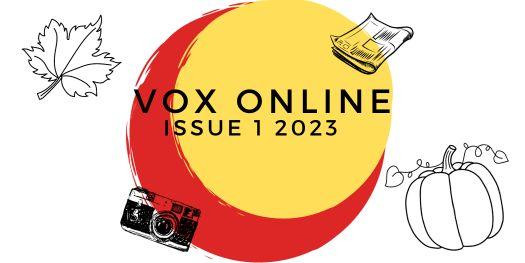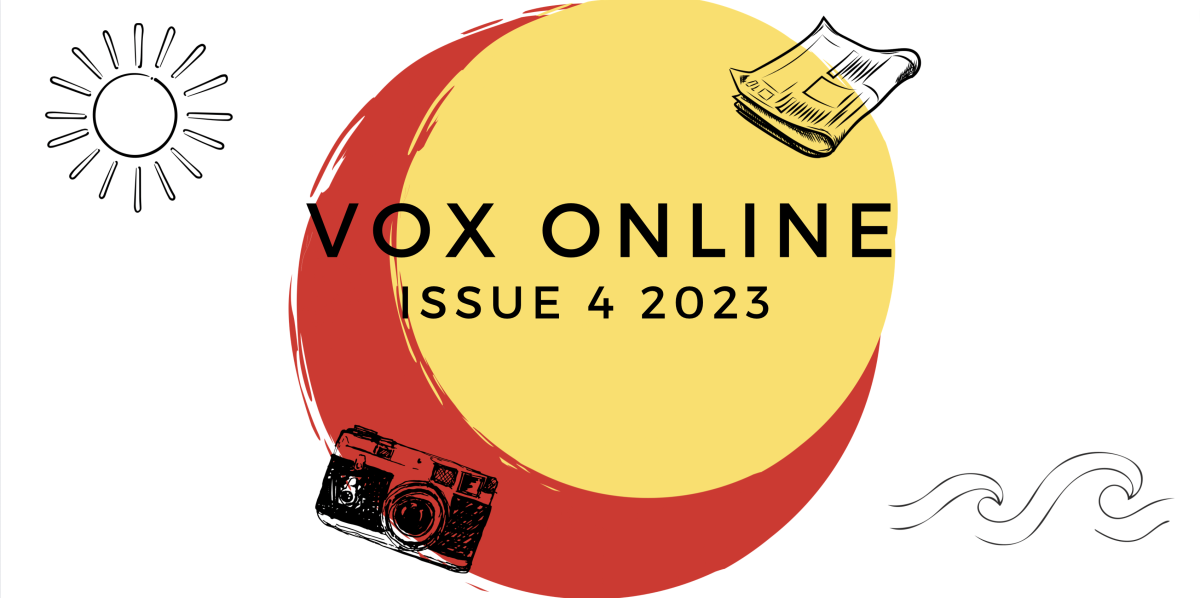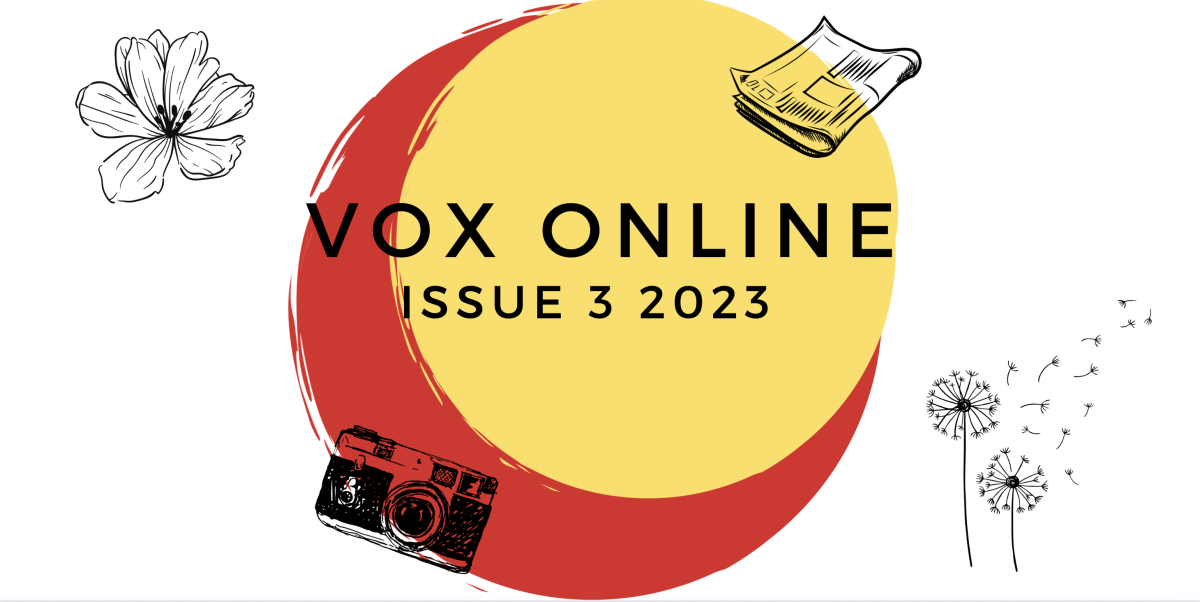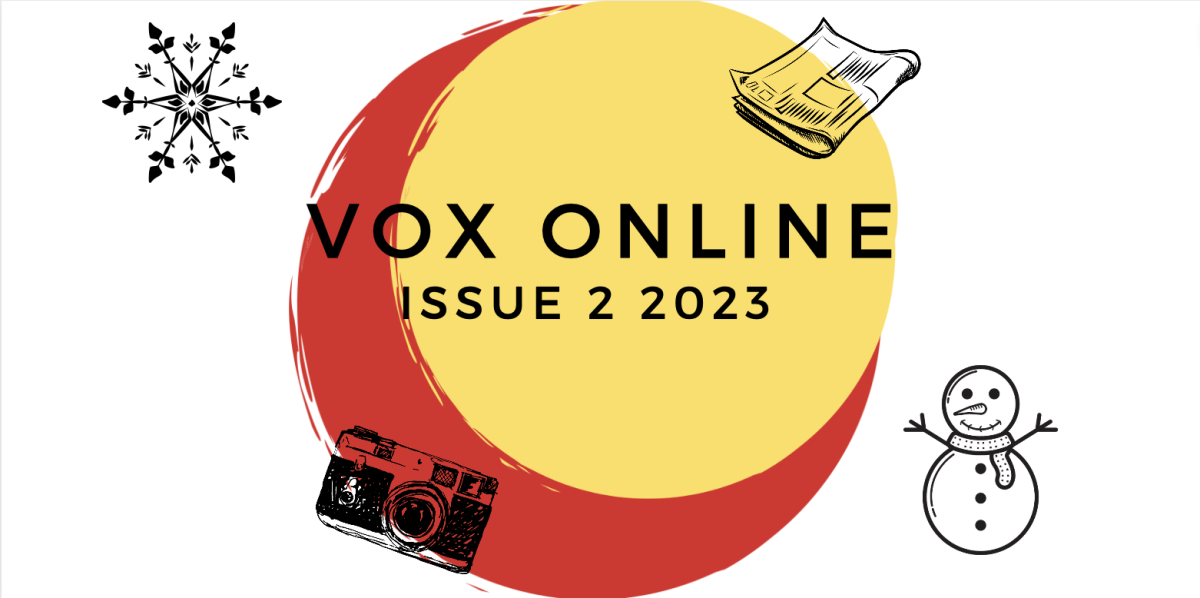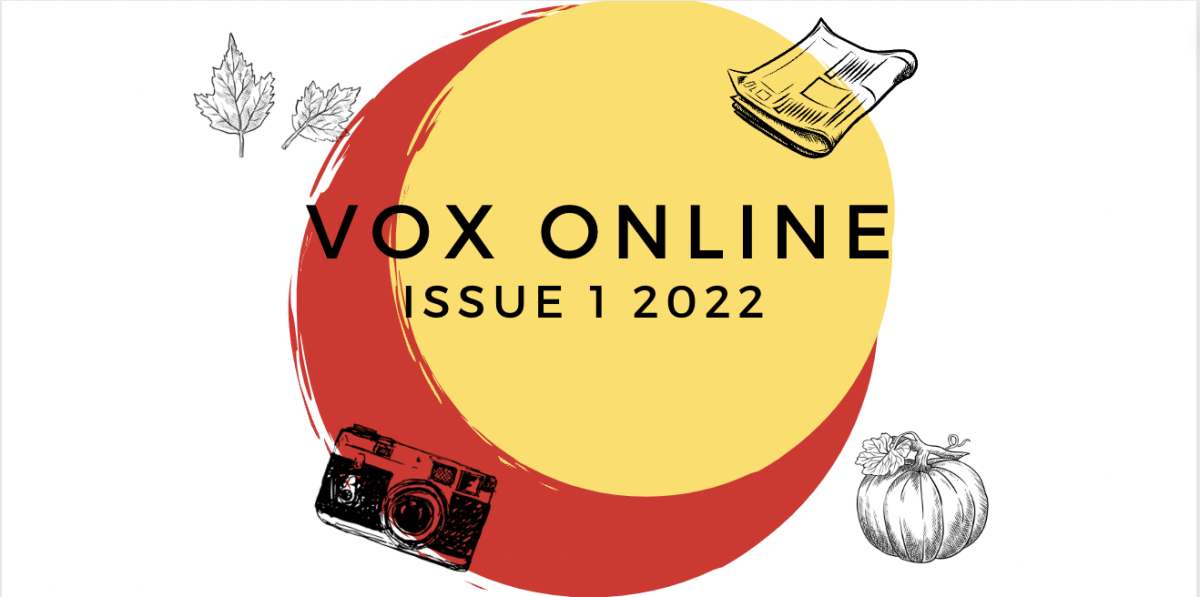By: Hannah Neuville @hannahn1606
When talking about another person, one may use pronouns, which are words that replace that person’s name in conversation. Common examples of pronouns include “he,” “she,” “they,” and “we,” but there are a plethora more that one can utilize in everyday conversation without even realizing it. Using a person’s pronouns in the way they feel most comfortable is important in order to respect their identity. If someone identifies as a female, they may use pronouns like “she” and “her,” abbreviated to “she/her,” for example. Some may even identify as non-binary, neither male nor female, and may use the pronouns “they/them.” However, there is a certain group of people that use special types of pronouns called neopronouns.
The prefix “neo-” means “new,” so neopronouns are defined as “new pronouns.” Common examples of neopronouns include “xe/xem,” “ze/hir,” or “ey/em.” One would utilize these exactly how pronouns like “she” or “him” are used in referring to another person. Despite being called “new pronouns,” neopronouns are not new at all. Unbeknownst to many, the pronoun “thon” was in the Merriam-Webster dictionary between 1934-1961, after being coined by Charles Crozat Converse in 1858. Other early neopronouns included “e,” “per,” and “co” (Merriam-Webster). Within the category of neopronoun users has emerged a quickly-increasing group of individuals who utilize nouns as a personal pronoun, and these are called nounself or xenopronouns. Common examples of nounself pronouns include “doll/dollself,” “bun/bunself,” or “void/voidself.” These types of pronouns originate from the early 2010s on the website Tumblr. People have even branched off from just using nouns as pronouns to using emojis, as a special type of online pronoun set. An individual may use a certain set of pronouns as opposed to another because there may be a feeling of uncomfortability when someone refers to them as a “she” or a “he.” Take, for example, a male who uses the pronouns “he/him.” If someone called that person a “she,” they may feel weird and uncomfortable, maybe even disgusted, with their identity. It’s the same reason that an individual may use neopronouns instead of or along with “they/them.” It just feels right.
There is a myriad of discourses around neopronouns and nounself pronouns, especially online. Any time one even looks up the word “neopronouns” or “nounself pronouns,” they can be met with screaming matches. Those in support of these pronouns claim they help those struggling with gender identity, especially non-binary people, to feel more comfortable. They also claim it may help neurodivergent people, like those with autism, or those who may have trouble with language. They explain one may use emoji pronouns online when they are not “out of the closet,” or when they’re not publicly disclosing that they are non-binary or transgender. Those who do not support the pronouns say it harms the LGBTQIA+ community by painting non-binary and transgender individuals, who are already heavily discriminated against in society, in an even more negative light. This ongoing feud can also lead to discussions about “micro-labeling” one’s gender, which is an entirely different concept.
This argument can be seen over and over again in LGBTQIA+ spaces. As a non-binary person, I understand how others using one’s preferred pronouns can be essential to feeling comfortable with one’s gender identity. Using someone’s pronouns is just like calling someone by the name they favor, as it’s basic respect. However, people can take pronouns to the extreme. Using neopronouns like “xe” and “xem” is reasonable. While neopronouns are not officially recognized in the English language yet, languages change as populations evolve. The terms “xe” and “xem,” for example, weren’t words to begin with, so it’s rational to create new words to use as pronouns. What I’ve never understood, however, is the usage of preexisting nouns as pronouns. Pronouns are used to replace a noun in conversation, so using a noun as a pronoun is almost the same as calling someone by a nickname. If someone wants to be called by a nickname, that’s fine, but they need to understand the difference between pronouns and names. Names can be, and occasionally should be, more personal and closer to one’s identity than their pronouns. Like mentioned above, though, languages change and opinions change, so using nounself pronouns may make more sense in the future, just as countless people’s opinions have changed about neopronouns.
Many will not refer to another person by neo- or nounself pronouns. However, being rude to an individual who does use these pronouns cannot be tolerated. It’s easy to be kind to someone even if you disagree with their point of view by simply asking them if there are any other pronouns one can use for them, called an “auxiliary” pronoun, or calling them by their name. To clarify, that’s not to say that one should call someone else by whatever pronouns they want, but to use pronouns the other person prefers that align with one’s own level of comfortability. Jumping to extremes by calling people who simply disagree with one’s points of views “ableist” or “transphobic” is a waste of time, and the words lose their meaning when used so casually in discourse. Having an opinion is not a problem; the problem is when one is disrespectful to those who think about the topic in a different way.



